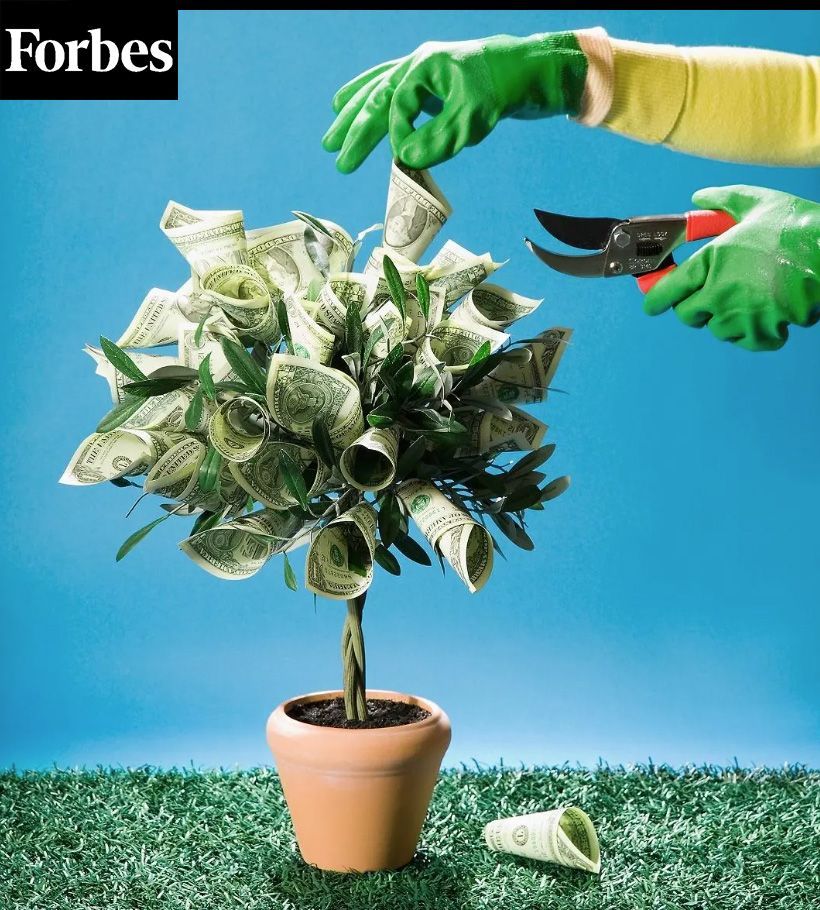Debt: the good, the bad and the ugly
September 30, 2016
The federal debt is so big that neither Hillary Clinton nor Donald Trump have touched the subject on the campaign trail (I don’t know if they talked about it at Monday night’s debate, because my deadline was Monday afternoon). It’s so hairy, complicated and seemingly insurmountable that political expediency says to ignore it.
I’m not going to ignore it. I’m going to dig into it. Only I’m going to talk about consumer debt, the kind that you and I have personally. Rather than advise you on how to pay off your debt, I’m going to examine the basic kinds of debt. The ability to differentiate among them may help you avoid debt problems in the future.
Once upon a time, experts may have distinguished between “good” debt and “bad” debt. Today, after the 2008 financial crisis and a lackluster recovery, it might be prove more useful to use “better” debt and “worse” debt. All debt is costly, after all. It’s just that some debt is a calculated risk that pays off in the long run, while other debt is just plain dumb.
The good
“Good” debt can be thought of as an investment, a way to improve your earning potential and your wealth. Education, whether it be technical training, college or an advanced professional degree, is perhaps the best example. You take out loans for tuition and other expenses now for the possible return of higher wages later. It’s a good risk, according to research. The more education you have, the higher your salary and the lower your odds of unemployment. Over a lifetime, the returns on investment in education can mean hundreds of thousands and even millions of dollars.
Small business loans and mortgages are two more examples of “good” debt. The first, like education, can result in a lifetime of elevated income, not to mention the advantages and pride of being your own boss and building your own company. As for the second, it can mean a comfortable home for decades and, one day, a profit from selling it.
Nothing is guaranteed, of course. The recent housing bubble saw home prices soar and then plummet, leaving millions of Americans with “underwater” mortgages — owing more than their home was (and is) worth. And businesses, as we all know, shutter their windows every day.
The bad
Other kinds of debts can’t be considered investments because they have no possibility of increasing in value. In fact, these debts are incurred to procure “depreciating assets” — property that only decreases in value. Ever heard someone grumble about how new cars are worth less the second you drive them off the lot? That’s absolutely accurate. And the same goes for clothes, big-screen televisions, fancy new appliances, restaurant meals, vacations, a movie theater ticket — just about every consumable good or service.
The ugly
If you buy any of this with a credit card, that’s even worse. Much worse. You’re borrowing money at astronomically high rates — 18 percent to 20 percent on average — to buy something that within seconds or perhaps years will be worth nothing. Zilch. The value of your purchase immediately goes down, while the credit card interest accrual immediately goes up.
Many of these things are necessary for maintaining a certain quality of life. A car gets you to work. A meal out is a welcome reprieve from cooking (and cleaning up) at home. A washing machine saves a lot of time and energy over manually washing clothes. But you should not go into debt to buy these things. Perhaps debt is necessary for a short period (if your fridge goes out, for instance), but never for an extended period. You pay for these items in cash — from your emergency fund, or on a credit card, if there’s no other option — but you pay them off as quickly as possible to avoid snowballing interest.
According to a recent report by NerdWallet.com, the average U.S. household with debt (most are) carries more than $15,000 in credit card debt and more than $27,000 in auto loan debt, and pays $6,658 in debt interest per year. According to the U.S. Census Bureau, the median U.S. household income is about $52,000.
Like our national debt, and as too many American households unfortunately know all too well, those numbers aren’t sustainable over time.
Jennifer Pagliara is a financial adviser with CapWealth Advisors. Her column appears every other week in The Tennessean. For more information, visit www.capwealthadvisors.com.
Related Article
Got a holiday budget? Christmas offers good lessons for kids














